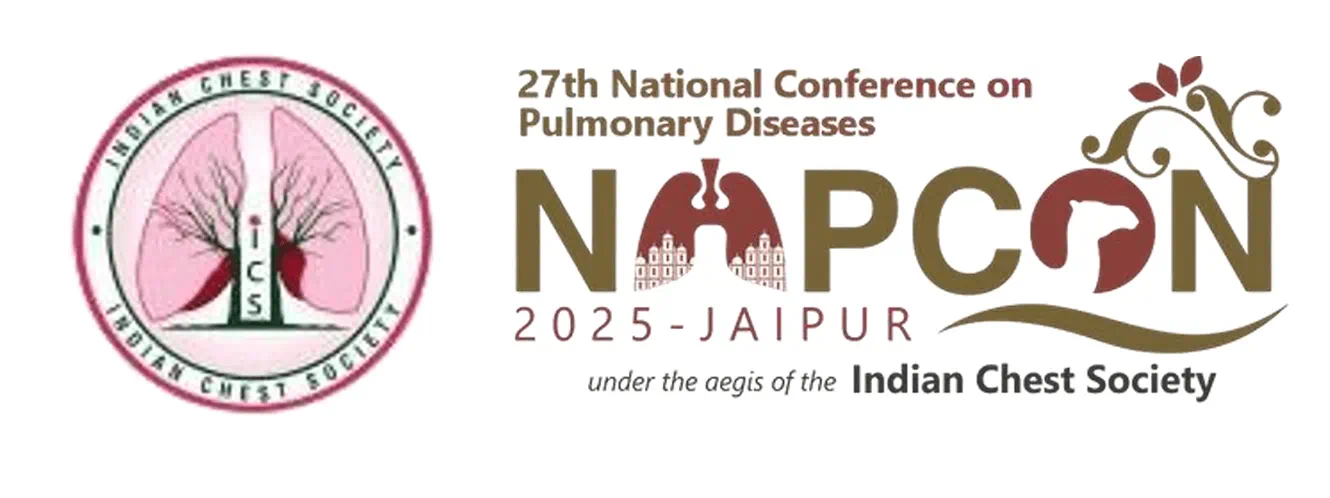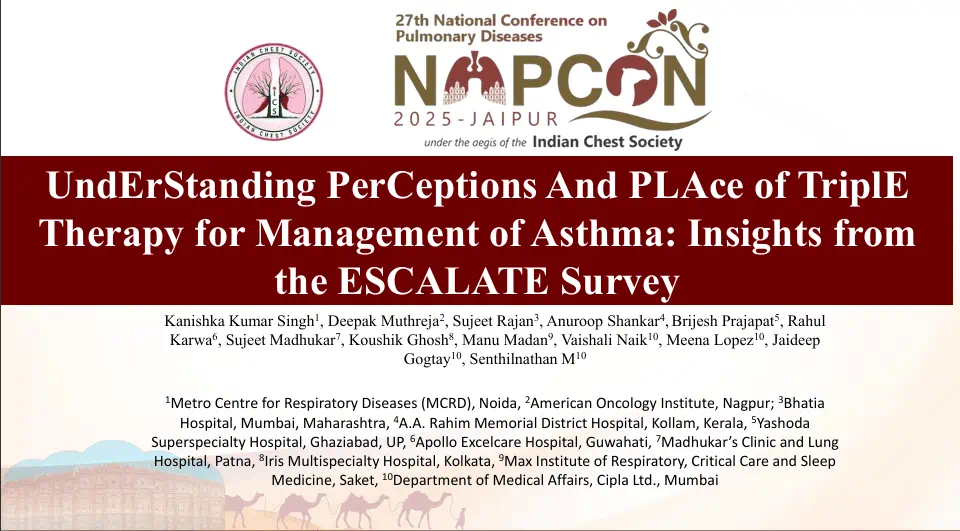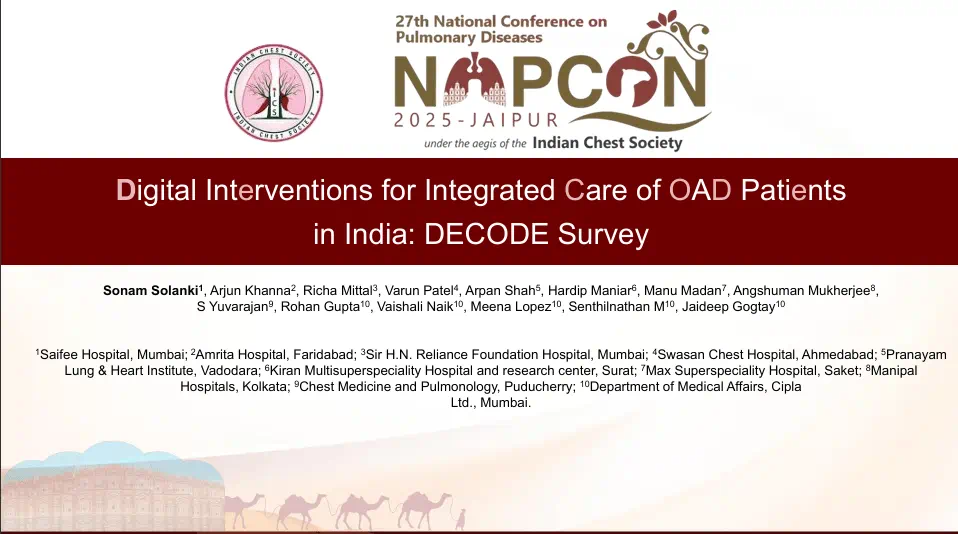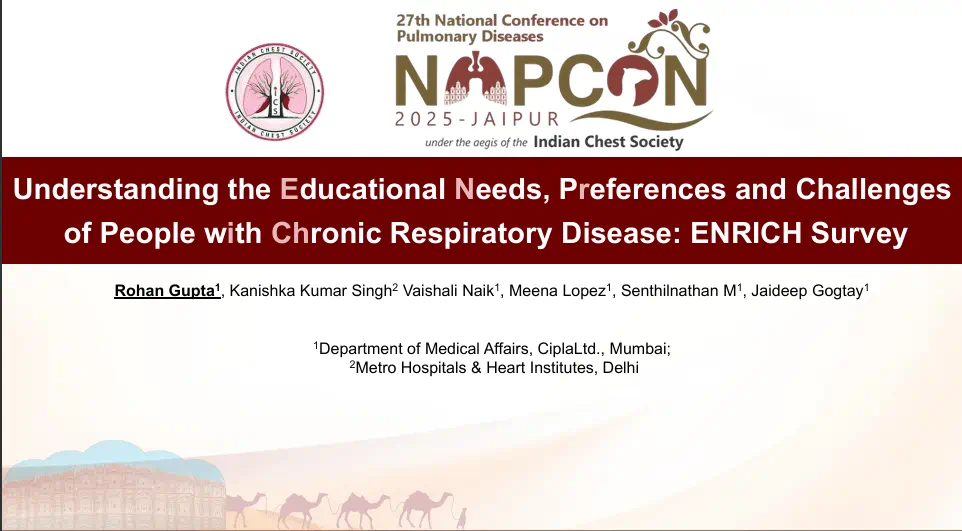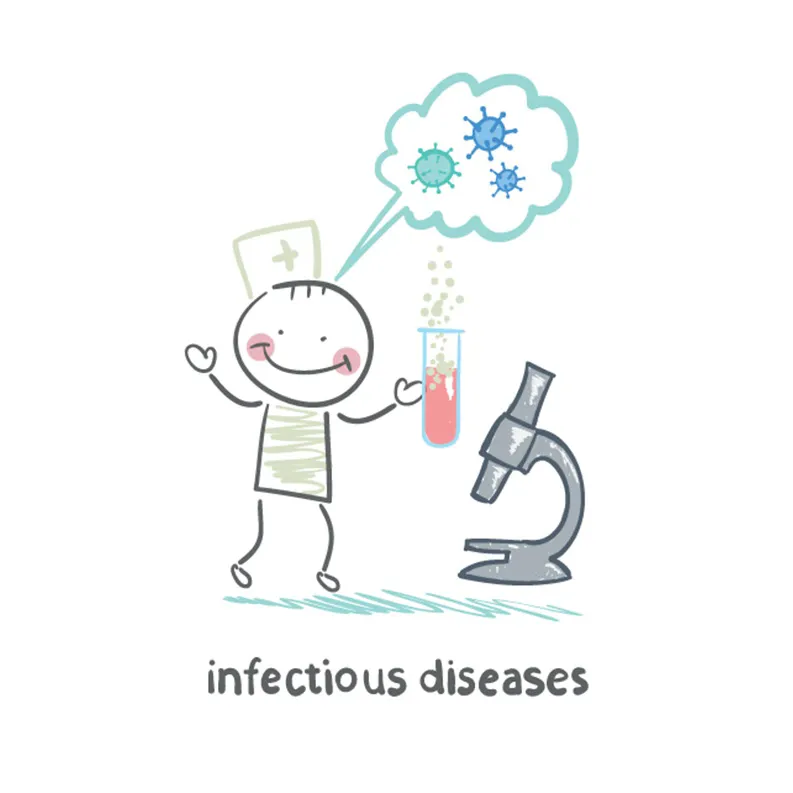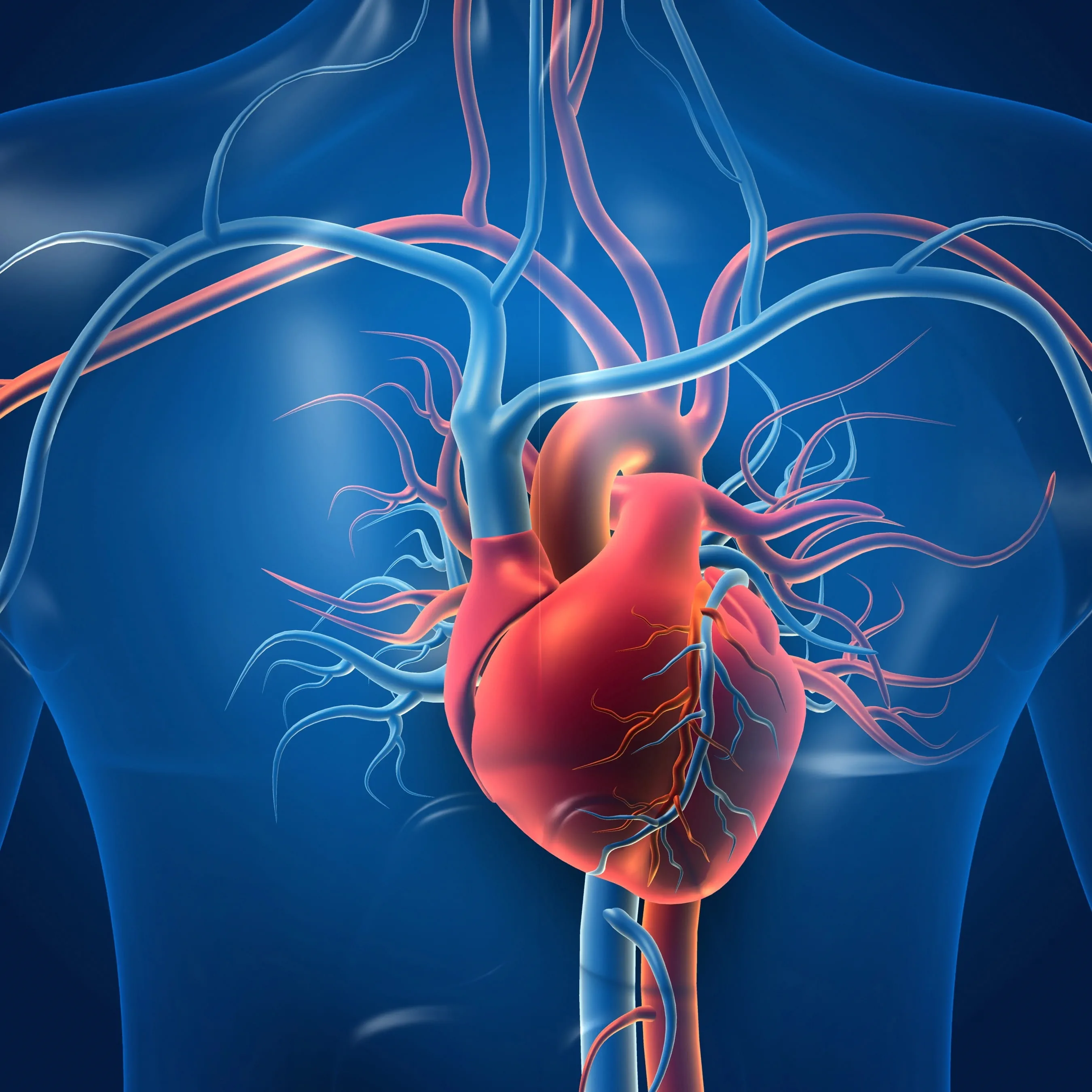Impact of Dapagliflozin vs. Placebo on Symptoms & 6MWD in HF Patients: The DETERMINE Trials
Introduction
Studies have demonstrated that sodium-glucose cotransporter 2 inhibitors (SGLT2i) reduce the risk of worsening heart failure (HF) and cardiovascular (CV) death in patients with HF irrespective of the left ventricular ejection fraction (LVEF). HF treatment also aims at improving the symptoms and functional capacity, outcomes that are critical to HF patients. Studies have demonstrated that SGLT2is improve symptoms in HF patients with reduced ejection fraction and in those with preserved ejection fraction (HFrEF and HFpEF). However, their favorable impact on objective measures of physical function has been inconsistent. It is important to determine whether therapies for HF improve symptoms and functional capacity.
Aim
The DETERMINE (Dapagliflozin Effect on Exercise Capacity Using a 6-Minute Walk Test in Patients With Heart Failure) determined the efficacy of the SGLT2i, dapagliflozin on the Total Symptom Score (TSS) and Physical Limitation Scale (PLS) of the Kansas City Cardiomyopathy Questionnaire (KCCQ) and 6-minute walk distance (6MWD) in patients with HFrEF or HFpEF.
Patient Profile
- Patients with HFrEF (from the DETERMINE-Reduced trial; n=313) with LVEF ≤40% and having N-terminal prohormone of B-type natriuretic peptide (NT-proBNP) level ≥400 pg/mL [or ≥300 pg/mL if hospitalized for HF within the previous 12 months or ≥800 pg/mL if case of patients with atrial fibrillation (AF), irrespective of history of HF hospitalization].
- Patients with HFpEF (DETERMINE-Preserved; n=504) with LVEF >40% and evidence of structural heart disease. NT-proBNP ≥250 pg/mL (or ≥500 pg/mL if atrial fibrillation was present).
- All patients had New York Heart Association (NYHA) class II or III symptoms
- Patients required a 6MWD ≥100 meters and ≤425 meters at both the enrollment visit (first test) and the randomization visit.
Methods
Study Design
- The DETERMINE program comprised of 2 international, multicenter, parallel-group, randomized, double-blind, placebo-controlled, phase III trials.
Treatment Strategy
- The study participants were randomized 1:1 to receive dapagliflozin or placebo and were stratified based on the diabetes status.
Outcomes
Primary Outcomes
- Changes in the KCCO TS), KCCQ PLS, and 6MWD after 16 weeks of treatment.
Secondary Outcome
- Change from baseline to 16 weeks in time spent in light to vigorous physical activity (monitored using a wearable activity monitor).
Results
|
Outcomes |
DETERMINE-Reduced |
DETERMINE-Preserved |
|
|
|
Dapagliflozin (n=156) |
Placebo (n=157) |
Dapagliflozin (n=253) |
Placebo (n=251) |
|
|
KCCQ-TSS |
|
|
|
|
|
Baseline |
79.2 (60.4, 89.6) |
80.2 (65.6, 94.8) |
77.1 (57.3, 88.5) |
78.1 (63.5, 91.7) |
|
Week 16 |
85.4 (68.8, 95.8) |
83.3 (62.5, 96.9) |
81.8 (63.5, 94.8) |
81.3 (65.6, 93.8) |
|
Change at week 16* |
2.1 (−4.2, 14.6) |
0.0 (−10.4, 9.4) |
5.2 (−3.1, 12.5) |
1.0 (−5.7, 15.1) |
|
HL estimate of median difference (95% CI)‡ |
4.2 (1.0, 8.2); P=0.022§ |
3.2 (0.4, 6.0); P=0.079§ |
|
|
|
KCCQ-PLS |
|
|
|
|
|
Baseline |
70.8 (50.0, 87.5) |
75.0 (58.3, 90.8) |
70.8 (50.0, 87.5) |
75.0 (58.3, 87.5) |
|
Week 16 |
75.0 (85.3, 91.7) |
75.0 (58.3, 91.7) |
75.0 (58.3, 91.7) |
75.0 (58.3, 91.7) |
|
Change at week 16* |
4.2 (−4.2, 12.5) |
0.0 (−8.3, 8.3) |
0.00 (−4.1, 12.5) |
0.00 (−8.3, 12.5) |
|
HL estimate of median difference (95% CI)‡ |
4.2 (0.0, 8.3); P=0.058§ |
3.1 (−0.1, 5.4); P=0.232§ |
|
|
|
6MWD |
|
|
|
|
|
Baseline (meters) |
328 (258, 366) |
344 (282, 376) |
320 (251, 364) |
323 (265, 364) |
|
Week 16 |
351 (281, 391) |
350 (291, 404) |
330 (265, 383) |
332 (270, 384) |
|
Change at week 16 (meters)* |
20 (−2, 42) |
14 (−13, 47) |
9 (−15, 37) |
9 (−15, 36) |
|
HL estimate of median difference (95% CI)‡ |
3.2 (−6.5, 13.0); P=0.686§ |
1.6 (−5.9, 9.0); P=0.668§ |
|
|
- As per the Hodges- Lehmann estimate, the median difference between dapagliflozin and placebo in KCCQ-TSS for the patients in the DETERMINE-Reduced trial was 4.2 [95% confidence interval (CI), 1.0, 8.2; P=0.022], in favor of dapagliflozin. There was no significant difference in the other 2 primary outcomes in both the study groups [mean difference: KCCQ-PLS; 4.2 (95% CI, 0.0, 8.3; P=0.058), 6MWD: 3.2 meters (95% CI, −6.5, 13.0; P=0.686)].
- As per the Hodges-Lehmann estimate, none of the primary outcomes differed significantly in both the study groups for the patients in the DETERMINE-Preserved trial [median difference between dapagliflozin and placebo: KCCQ-TSS; 3.2 (95% CI, 0.4, 6.0; P=0.079), KCCQ-PLS; 3.1 (95% CI, −0.1, 5.4; P=0.232), 6MWD; 1.6 meters (95% CI, −5.9, 9.0; P=0.668).
- As per an exploratory post hoc analysis of both trials (DETERMINE pooled), there was no improvement in the NYHA class with dapagliflozin. The median placebo-corrected difference from baseline to 16 weeks was 3.7 (95% CI, 1.5, 5.9; P=0.005) for KCCQ-TSS, 4.0 (95% 0.3, 4.9; P=0.036) for KCCQ-PLS, and 2.5 meters (−3.5, 8.4; P=0.499) for 6MWD.
Table 1: Primary outcomes: KCCQ-TSS, KCCQ-PLS, and 6MWD in the DETERMINE Trials
‡HL estimate of median difference vs. placebo and rank ANCOVA use imputed data. HL estimate of median difference vs placebo is not stratified and does not adjust for baseline value.
- Rank ANCOVA model is used to analyze ranked data on the basis of the hierarchical composite rank-based end point. The model includes baseline rank of outcome variable as a covariate, treatment group as a factor, and is stratified by type 2 diabetes status at randomization.
- The NT-proBNP levels reduced from baseline to week 16 with dapagliflozin placebo in both DETERMINE-Reduced [Hodges-Lehmann estimate of the median difference from placebo, −186 pg/mL (95% CI, −338, −48)] and DETERMINE-Preserved [−88 pg/mL (95% CI, −157, −19)] trials.
- The incidence of AEs and SAEs leading to the discontinuation of the study medication did not differ significantly in the dapagliflozin- and placebo treated patients.
Conclusions
- Dapagliflozin improved the KCCQ-TSS in patients with HFrEF but did not improve KCCQ-PLS or 6MWD. Dapagliflozin did not improve these outcomes in patients with HFpEF.
- In a post hoc analysis including all patients across the full spectrum of ejection fraction, there was a beneficial effect of dapagliflozin on KCCQ-TSS and KCCQ-PLS but not 6MWD.
Circulation. 2024;149:825–838.


